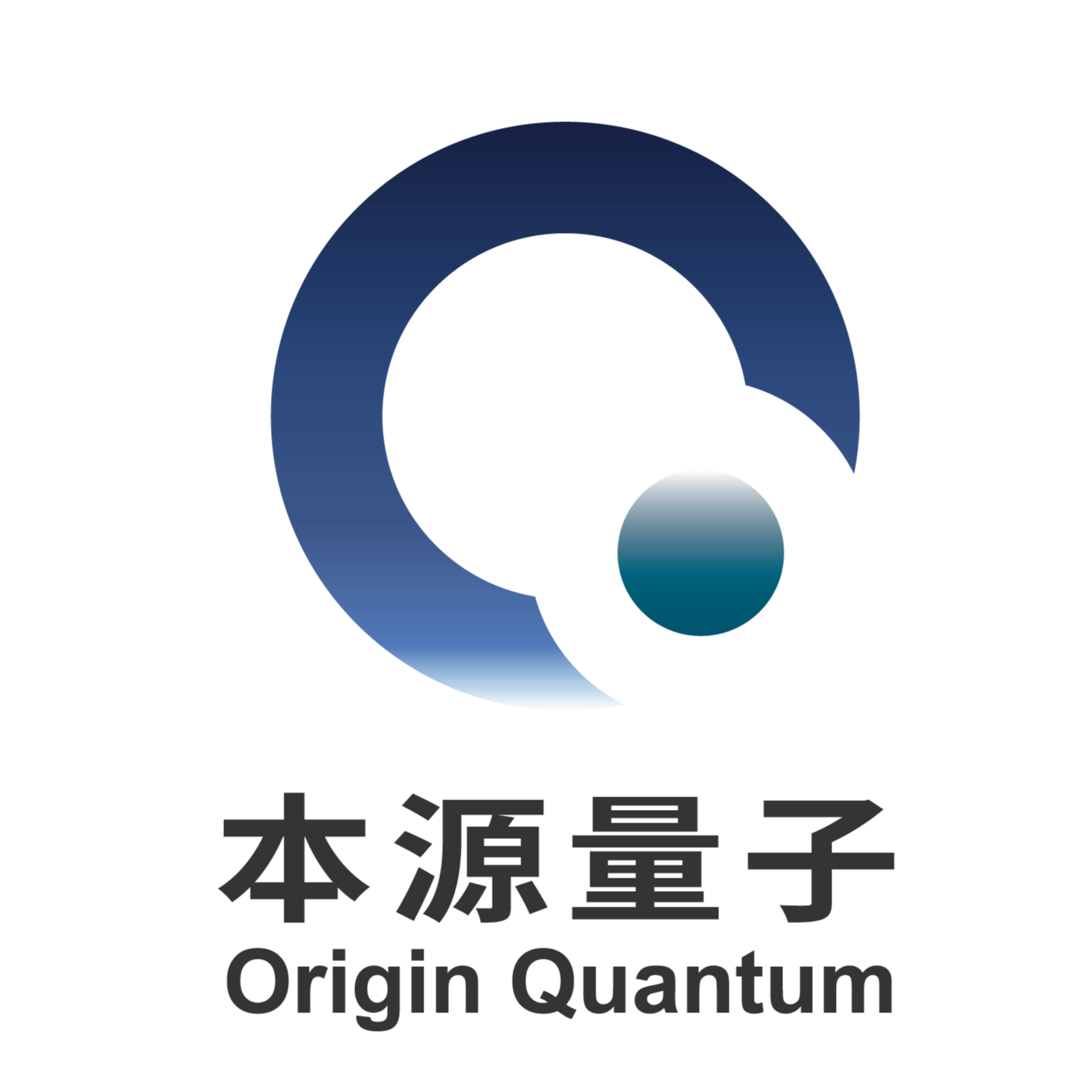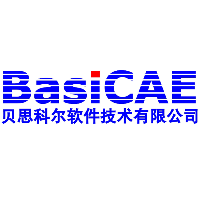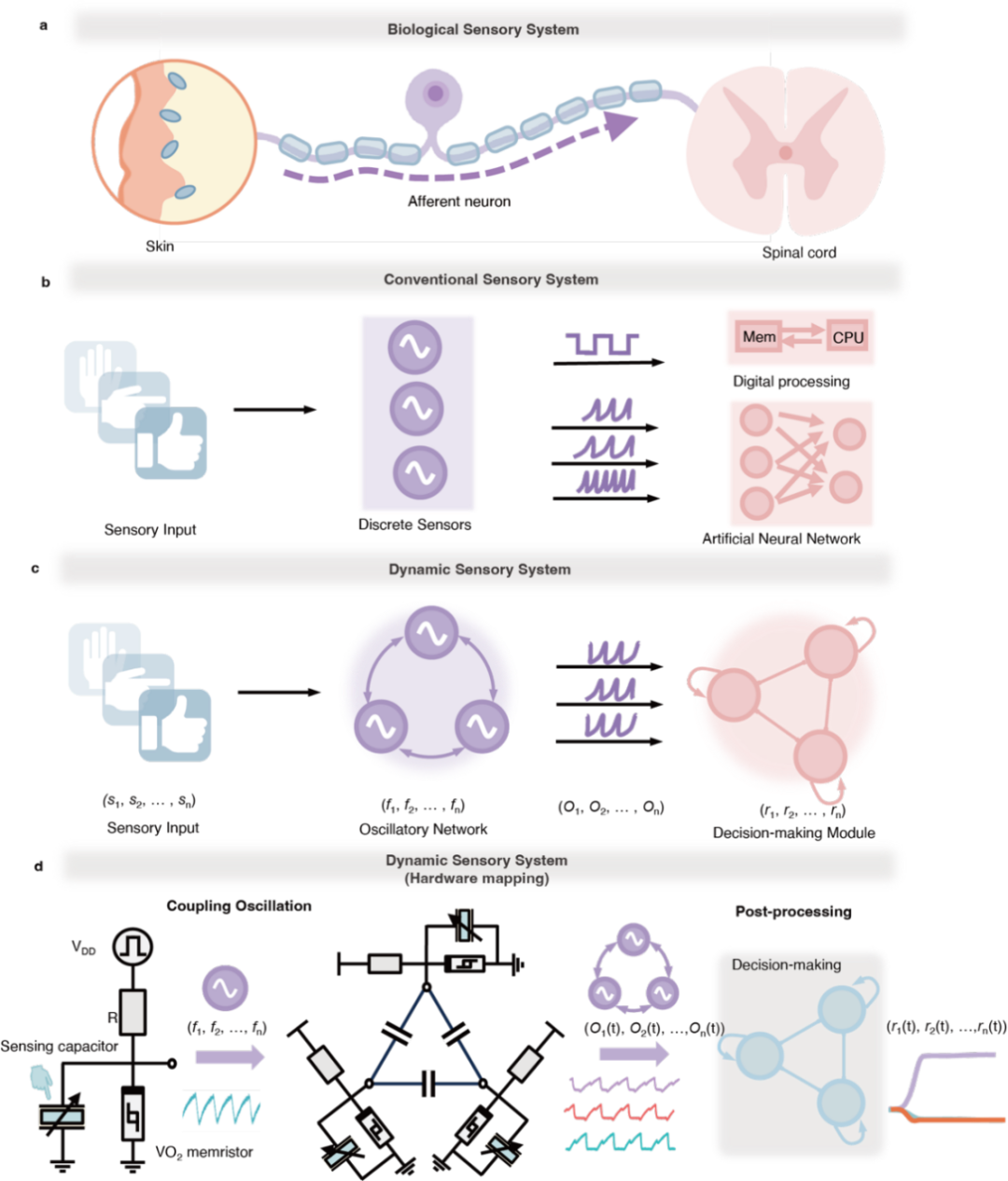近年來機(jī)器學(xué)習(xí)(ML)的快速發(fā)展使得基于第一性原理計算高效獲得高精度分子動力學(xué)力場成為可能。目前人們已經(jīng)發(fā)展了許多機(jī)器學(xué)習(xí)的力場模擬方法,由此實現(xiàn)了眾多分子和固態(tài)系統(tǒng)的高精度計算,其精度接近密度泛函理論(DFT)等的量子力學(xué)方法,同時計算量顯著降低。然而,當(dāng)前大多數(shù)可用的ML力場只能給出能量、力和應(yīng)力點(diǎn)的估算,而不是預(yù)測性分布,因而不能顯示模型的不確定性。若沒有模型不確定性估算,力場的擬合將費(fèi)時費(fèi)力,即需要從第一性原理計算數(shù)據(jù)庫中手動或隨機(jī)選擇數(shù)千個參考結(jié)構(gòu)來擬合。另外,在分子動力學(xué)模擬中,由于缺乏對模型不確定性的評估方法,將難以確定力場何時是可信賴的,從而導(dǎo)致結(jié)果的不可靠。
來自美國哈佛大學(xué)的Jonathan Vandermause和Boris Kozinsky共同領(lǐng)導(dǎo)的團(tuán)隊報道了一種基于機(jī)器學(xué)習(xí)的力場構(gòu)建方法。該方法基于高斯過程回歸的主動學(xué)習(xí)框架發(fā)展。其優(yōu)勢有二:其一,可以基于密度泛函理論(DFT)計算獲得小數(shù)據(jù)集(~100個)來獲得精確的力場;其二,通過誤差估計可在偏離訓(xùn)練數(shù)據(jù)時自動進(jìn)化。該優(yōu)勢使得該方法可以準(zhǔn)確模擬和捕捉那些短暫且發(fā)生概率較低的原子事件。這些優(yōu)勢源于該模型使用了完全可解釋的、低維的、非參數(shù)化力場。與經(jīng)典的Stillinger-Weber力場類似,本研究使用的力場是基于多體原子間相互作用的,通常在2體和3體模型下即可具有足夠的精度。基于此,可將描述符空間簡化為一個低維空間,這一方面使得通過一組小的訓(xùn)練數(shù)據(jù)即可對全空間進(jìn)行采樣,另一方面也簡化了學(xué)習(xí)任務(wù),從而可以采用數(shù)據(jù)驅(qū)動的方式實現(xiàn)參數(shù)的自動調(diào)整。將該方法應(yīng)用于含有單一或多種元素體系的分子動力學(xué)模擬,如鋁晶體熔化、空位擴(kuò)散和原子擴(kuò)散、AgI中離子擴(kuò)散等。結(jié)果表明,他們的方法能以低幾個數(shù)量級的計算成本獲得與DFT計算相當(dāng)?shù)木龋壳耙淹耆诰€開源發(fā)布。
On-the-fly active learning of interpretable Bayesian force fields for atomistic rare events
Jonathan Vandermause, Steven B. Torrisi, Simon Batzner, Yu Xie, Lixin Sun, Alexie M. Kolpak & Boris Kozinsky
Machine learned force fields typically require manual construction of training sets consisting of thousands of first principles calculations, which can result in low training efficiency and unpredictable errors when applied to structures not represented in the training set of the model. This severely limits the practical application of these models in systems with dynamics governed by important rare events, such as chemical reactions and diffusion.We present an adaptive Bayesian inference method for automating the training of interpretable, low-dimensional, and multi-element interatomic force fields using structures drawn on the fly from molecular dynamics simulations.Within an active learning framework, the internal uncertainty of a Gaussian process regression model is used to decide whether to accept the model prediction or to perform a first principles calculation to augment the training set of the model.The method is applied to a range of single- and multi-element systems and shown to achieve a favorable balance of accuracy and computational efficiency, while requiring a minimal amount of ab initio training data.We provide a fully open-source implementation of our method, as well as a procedure to map trained models to computationally efficient tabulated force fields.
責(zé)任編輯:pj
-
動力學(xué)
+關(guān)注
關(guān)注
0文章
105瀏覽量
16962 -
機(jī)器學(xué)習(xí)
+關(guān)注
關(guān)注
66文章
8378瀏覽量
132425
發(fā)布評論請先 登錄
相關(guān)推薦
“本源悟空”超導(dǎo)量子計算機(jī)助力大規(guī)模流體動力學(xué)量子計算

Simcenter STAR-CCM+車輛外部空氣動力學(xué)特性——通過快速準(zhǔn)確的CFD仿真加速空氣動力學(xué)創(chuàng)新

PT500齒輪傳動動力學(xué)綜合測試實驗臺
關(guān)于動力學(xué)方程能否用matlab進(jìn)行傅里葉變換的問題。
圓滿收官|(zhì) Aigtek參展第二屆波動力學(xué)前沿與應(yīng)用學(xué)術(shù)會議載譽(yù)歸來!

邀請函| Aigtek安泰電子攜經(jīng)典產(chǎn)品,亮相第二屆波動力學(xué)前沿與應(yīng)用學(xué)術(shù)會議!

NVIDIA與百度飛槳攜手革新汽車風(fēng)阻預(yù)測:DNNFluid-Car模型的崛起
北京大學(xué)首次硬件實現(xiàn)電容耦合的VO2相變振蕩動力學(xué)計算系統(tǒng)


麋鹿測試中的轉(zhuǎn)向手感也能有?快來體驗一下汽車低、中、高速的轉(zhuǎn)向模擬測試#線控轉(zhuǎn)向 #車輛動力學(xué)仿真
電感多少精度算高精度


DYYA4模擬雨雪天氣下的車輛動力學(xué),四驅(qū)車輛也得謹(jǐn)慎駕駛#車輛動力學(xué)仿真

DYYA4模擬雨雪天氣下的車輛動力學(xué),前驅(qū)車輛的表現(xiàn)是不是更好?#車輛動力學(xué)仿真





 基于第一性原理計算高效獲得高精度分子動力學(xué)力場
基于第一性原理計算高效獲得高精度分子動力學(xué)力場










評論